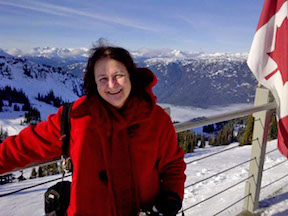What is this poem's form? Is it a dramatic monologue, and if so, how is it affected by the fact that it is the speaker who renders the voice of "the blessed damozel"?
Do you think the speaker is a reliable narrator?
What is the poem’s narrative plot? Its theme?
To what extent would this theme have been common during the Victorian period (or any period)?
How is the mode of treatment unusual?
What are some features of the descriptions of the damozel and of heaven? What is portrayed as the focus of her emotions?
Would the ascription of human desires to heaven have seemed sacrilegious to the poem’s readers? Alternately, what view of love does the poem convey?
What are some characteristics of the poem’s stanza form and meter? How do these contribute to its effect?
What are some features of its diction--for example, the use of words such as “citherns” and “citholes”? What is added by the biblical and paradisal imagery?
What is the poem’s topography? To what extent is this based on The Divine Comedy? What are implications of the image, “She saw time shake like a pulse,” or the sight of earth like a tiny midge?
What is added by the use of parentheses? How do the statements of the lover within parentheses affect our view of the likely outcome of the lovers’ wishes?
What is added by the description of the other lovers joined in heaven? What is different about the damozel? Why may the phrase, “we two” be emphasized? Why does she claim that she herself (rather than he) will speak to Mary?
Does the poem exhibit a progression or intensification of tone?
At what point do we begin to doubt the lovers’ reunion? What further details reinforce this doubt?
What happens at the end, and why is this significant? Will he ever be able to see her again? What do you make of the statement, “I heard her tears”?
Does this poem remind you of other nineteenth century poems you have read?
After looking at the painting, which aspects of the painting do you think accord with the poem? Are there any which do not--for example, the color of the damozel’s dress? The sensuous, crowded effect?
Which of these differences may have to do with the need to present this scene within a single frame? From the painting, what impressions do you receive of heaven? the beloved? the lover?
